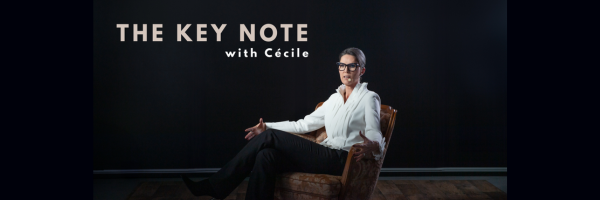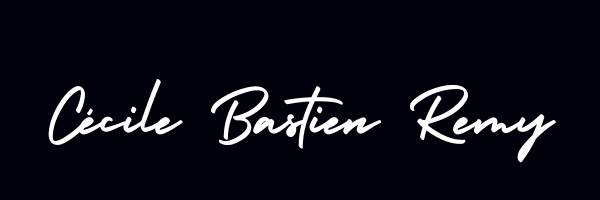The price of imitation: Imitation looks shiny. Authenticity performs. One InsightShortcuts love costumes. They promise status without substance, belonging without effort, applause without alignment. You can wear someone else’s style, someone else’s cadence, someone else’s promise. It will look convincing—until you have to walk in it for more than a minute. Then the friction shows up. You think harder than you should. You compensate. You burn energy hiding the seams. Authenticity is not a philosophy. It’s a performance choice. When message and messenger match, your brain stops spending energy on disguise and spends it on impact. People stop working to figure you out and start working to follow you. That’s the business case for being yourself: lower cognitive load, higher signal, cleaner decisions. The trap is subtle. Imitation feels productive in the moment. You get a template, a phrase, a posture that “successful” people use. You’re moving. You’re doing. But it’s borrowed strength. It collapses under pressure because you’re holding it up instead of it holding you up. The Story: The ShoesI love French couture. For years I dreamed of the famous red soles. Then I found a site selling replicas. Two pairs. Half the price. Problem solved until the box opened. They looked perfect from a distance. Up close: stiff plastic, glue smudges, zero give. The first hour in them was a master class in regret. That’s what imitation does. It photographs beautifully and performs terribly. I wore them once, then put them away. The lesson stuck: when you fake the foundation, the whole thing hurts. We do the same at work. We adopt another leader’s script. We wear someone’s swagger. We use a trendy framework that doesn’t match our voice. We can get through a meeting. But we pay for it later: fatigue, second-guessing, brittle confidence. It’s the blister you can’t show. One Tool: The Authenticity Audit (10 minutes)- Choose one recurring moment. Opening five minutes of a board update. First 90 seconds of a pitch. Weekly team stand-up.
- List three elements you’re copying. A catchphrase. A gesture. A pacing style. Be specific.
- Replace each with a signature move.
- Phrase: swap “Let’s double-click” for something you actually say: “Let’s zoom in.”
- Gesture: drop the pointed finger for an open-hand reveal.
- Pacing: ditch machine-gun speed for a steady cadence you use in conversation.
Stress-test with a colleague. Ask one question: “Do I sound like me?” Don’t ask if they “like” it. Ask if it feels true.Lock the first line. Script and rehearse your opening sentence exactly as you’d say it at coffee. The first sentence sets the operating system for the rest.
Optional pro moveBuild a 30-second “authenticity warm-up.” Say your first sentence while standing, breathe once, drop your shoulders, and look at a single friendly face in the room. You won’t need to remember to be authentic; your body will remember for you. Try it this weekRecord the first 30 seconds of your next presentation. If you hear a costume, change the shoes before you change the slides. Et Voilà! | 

